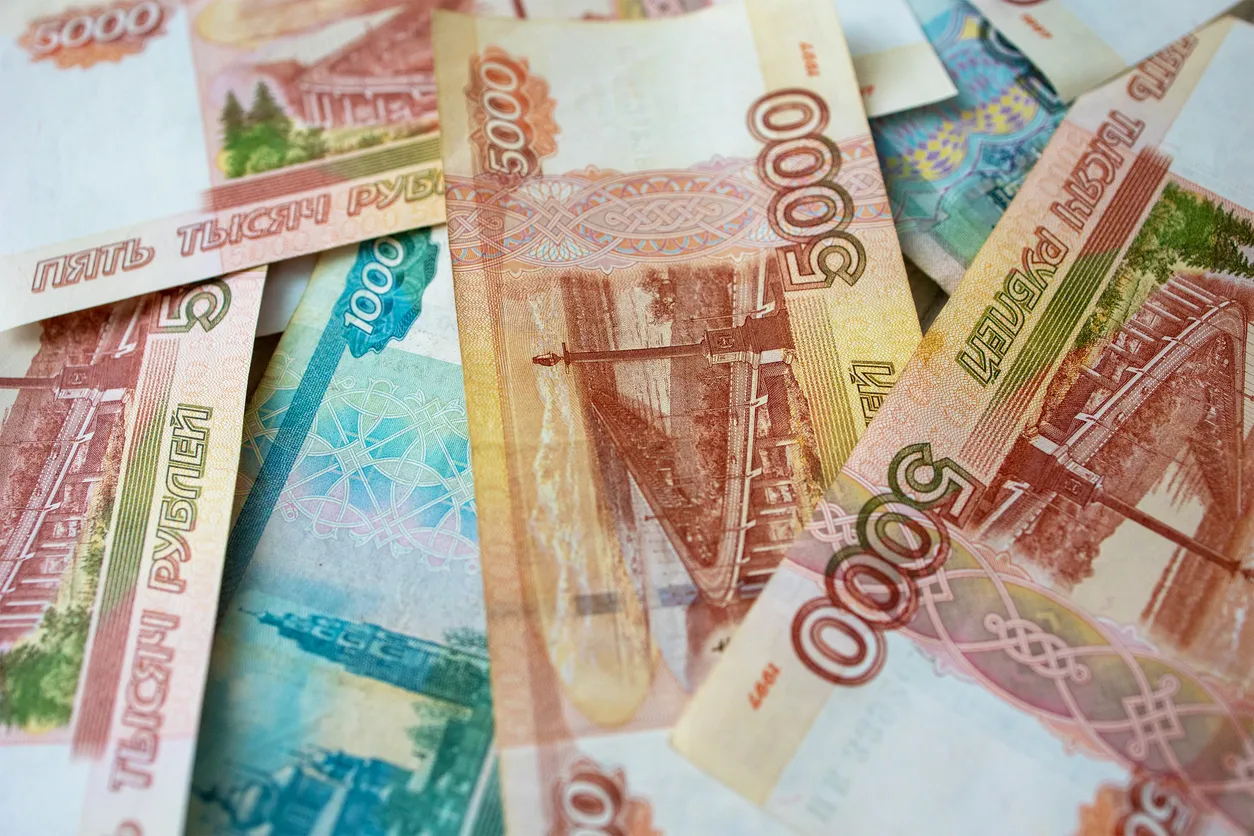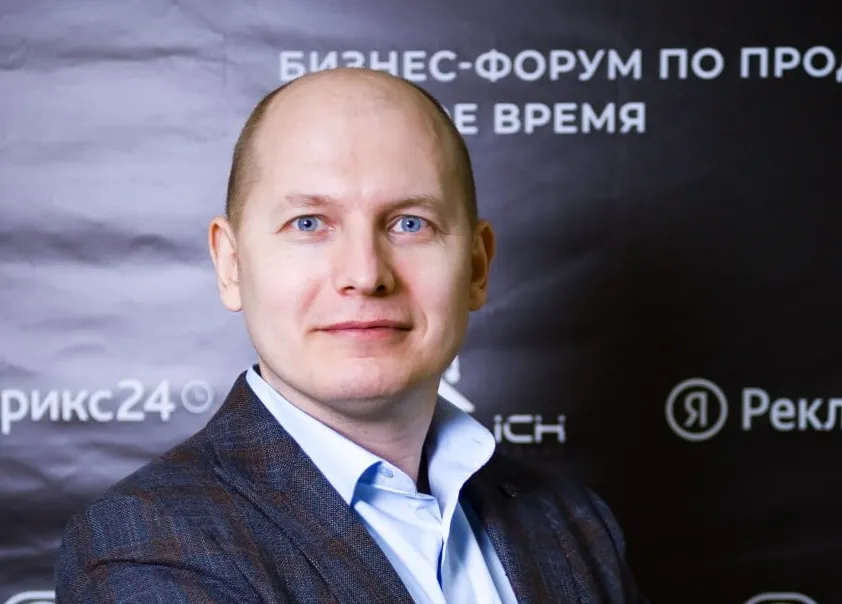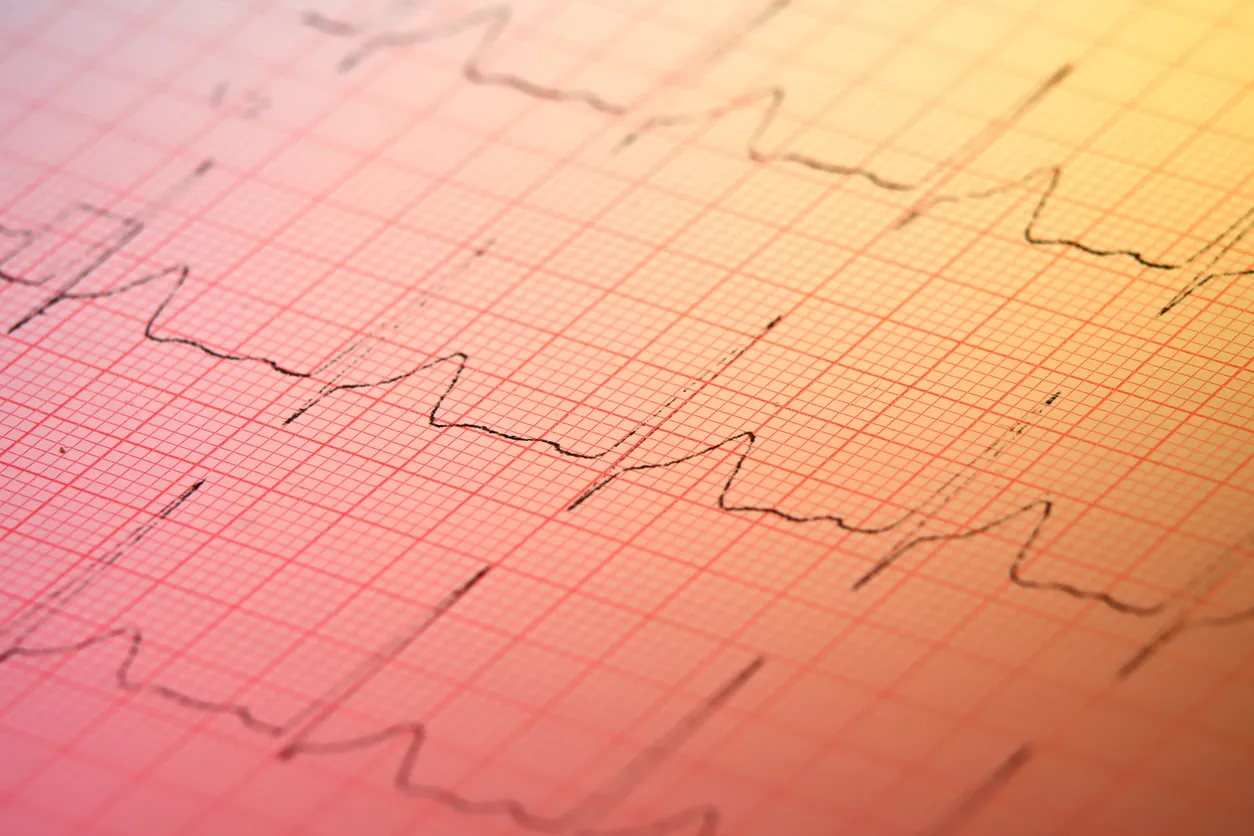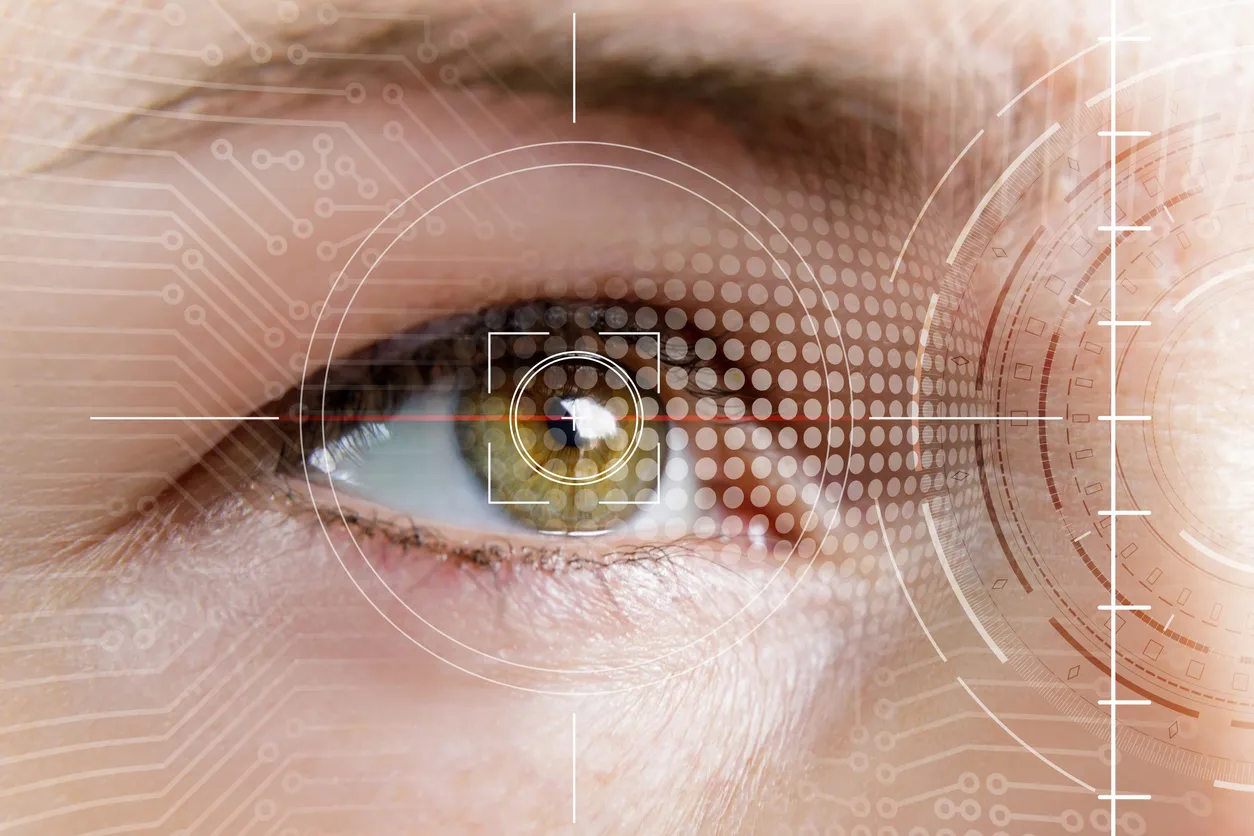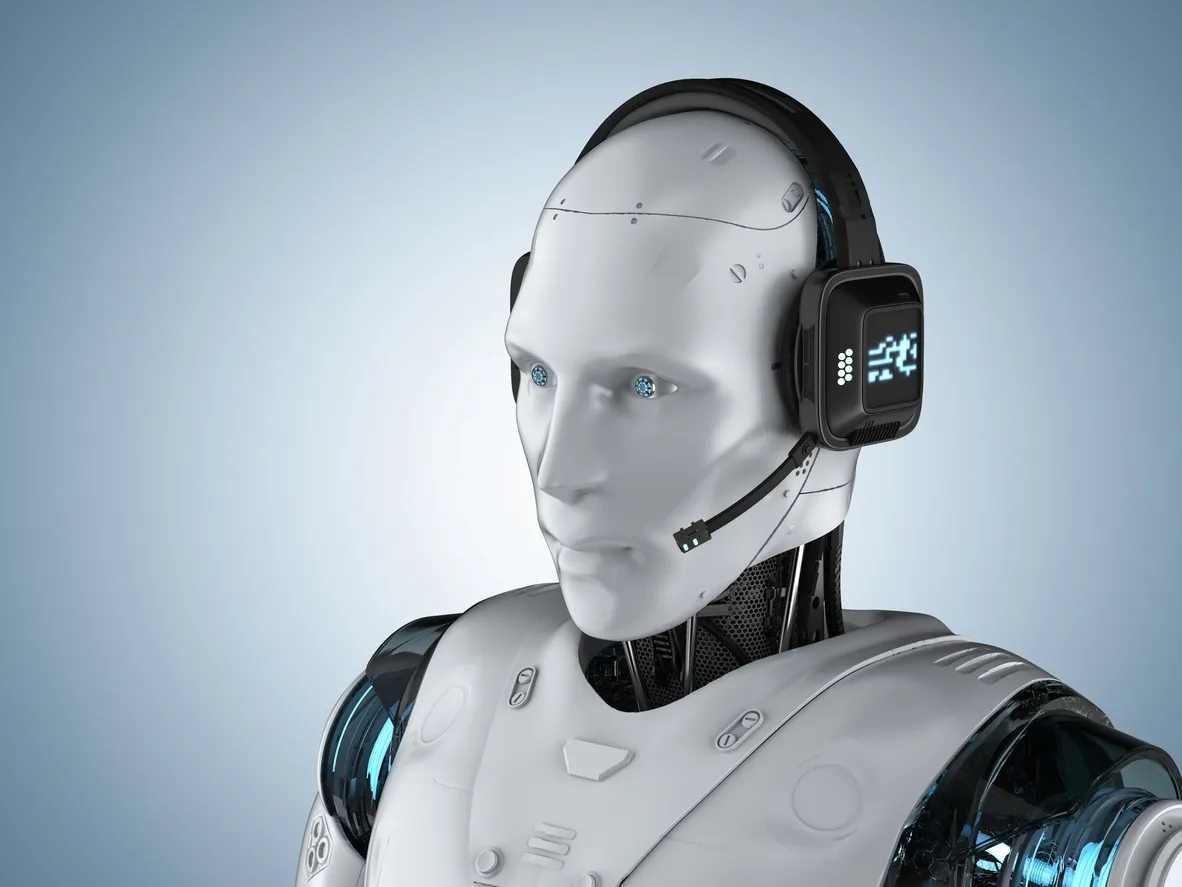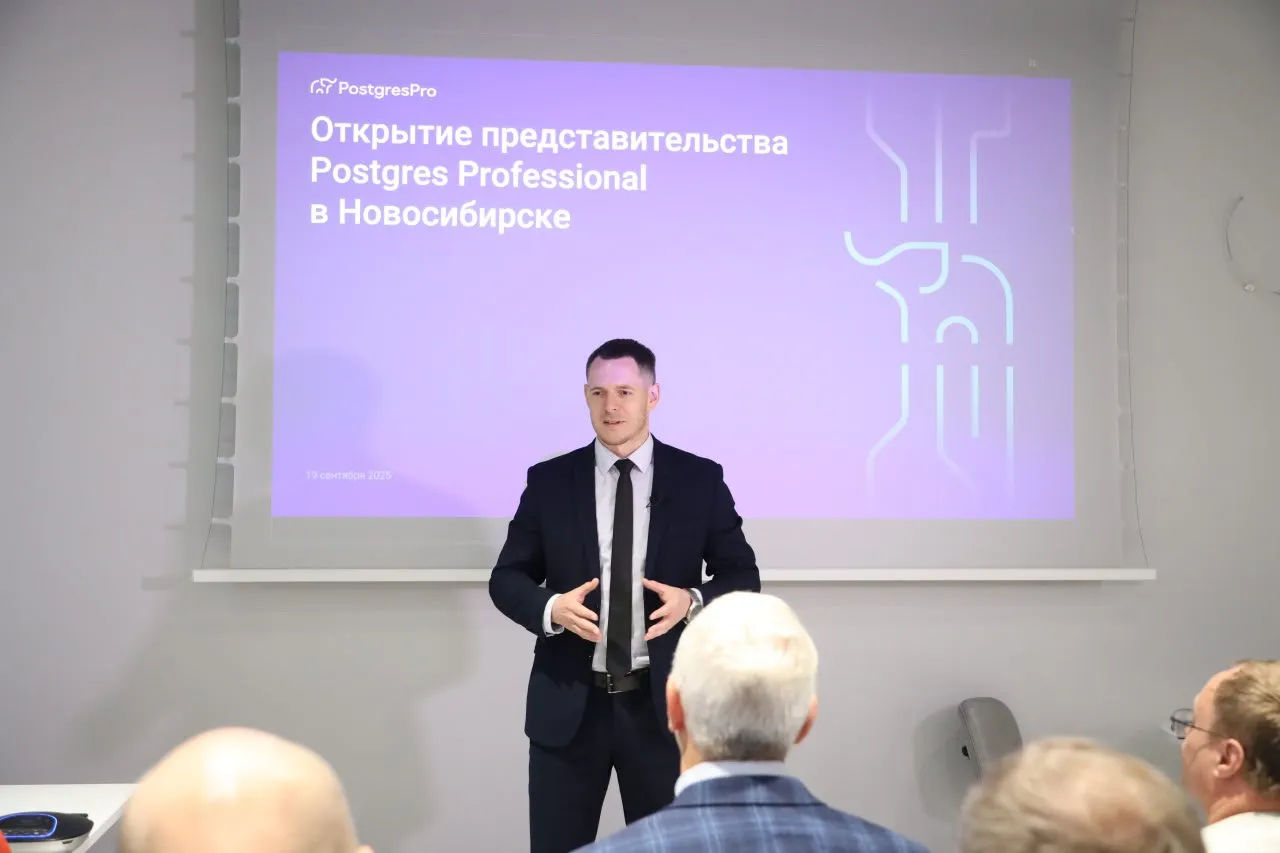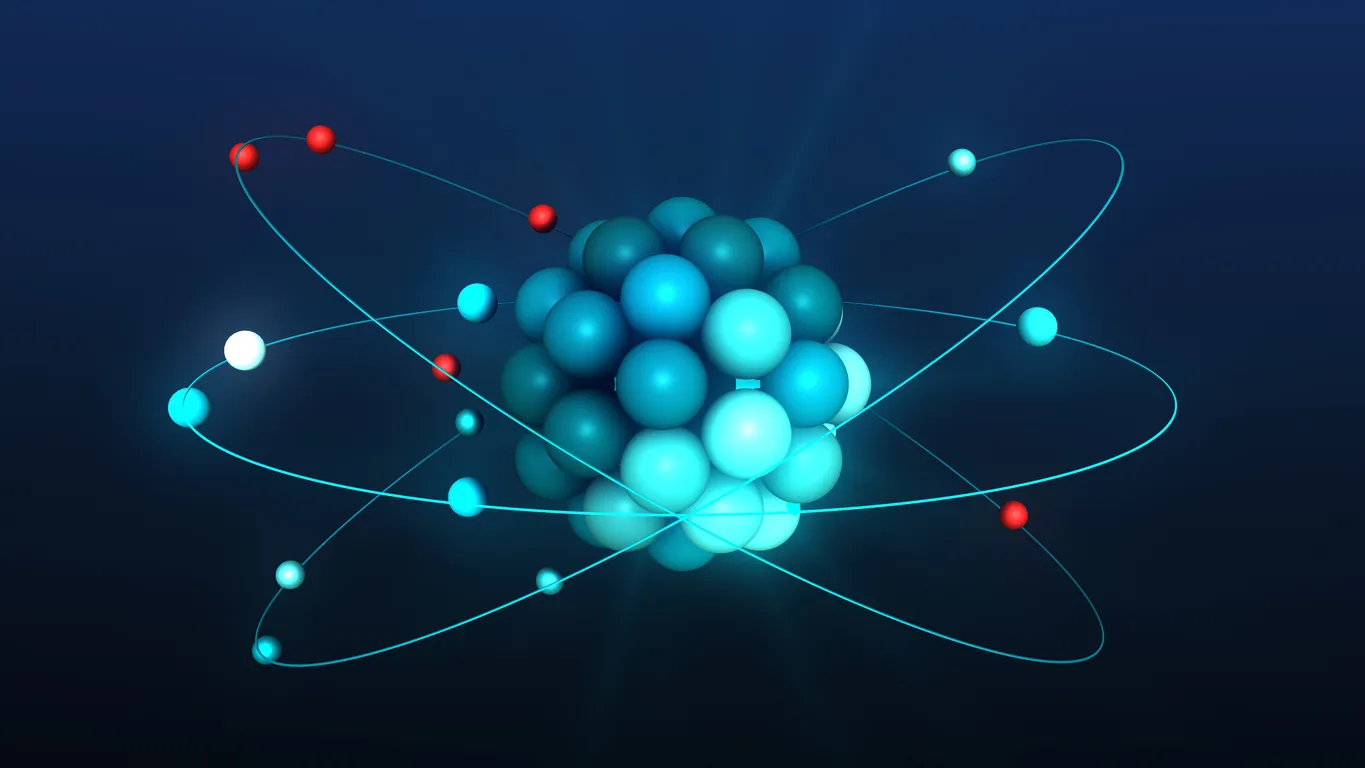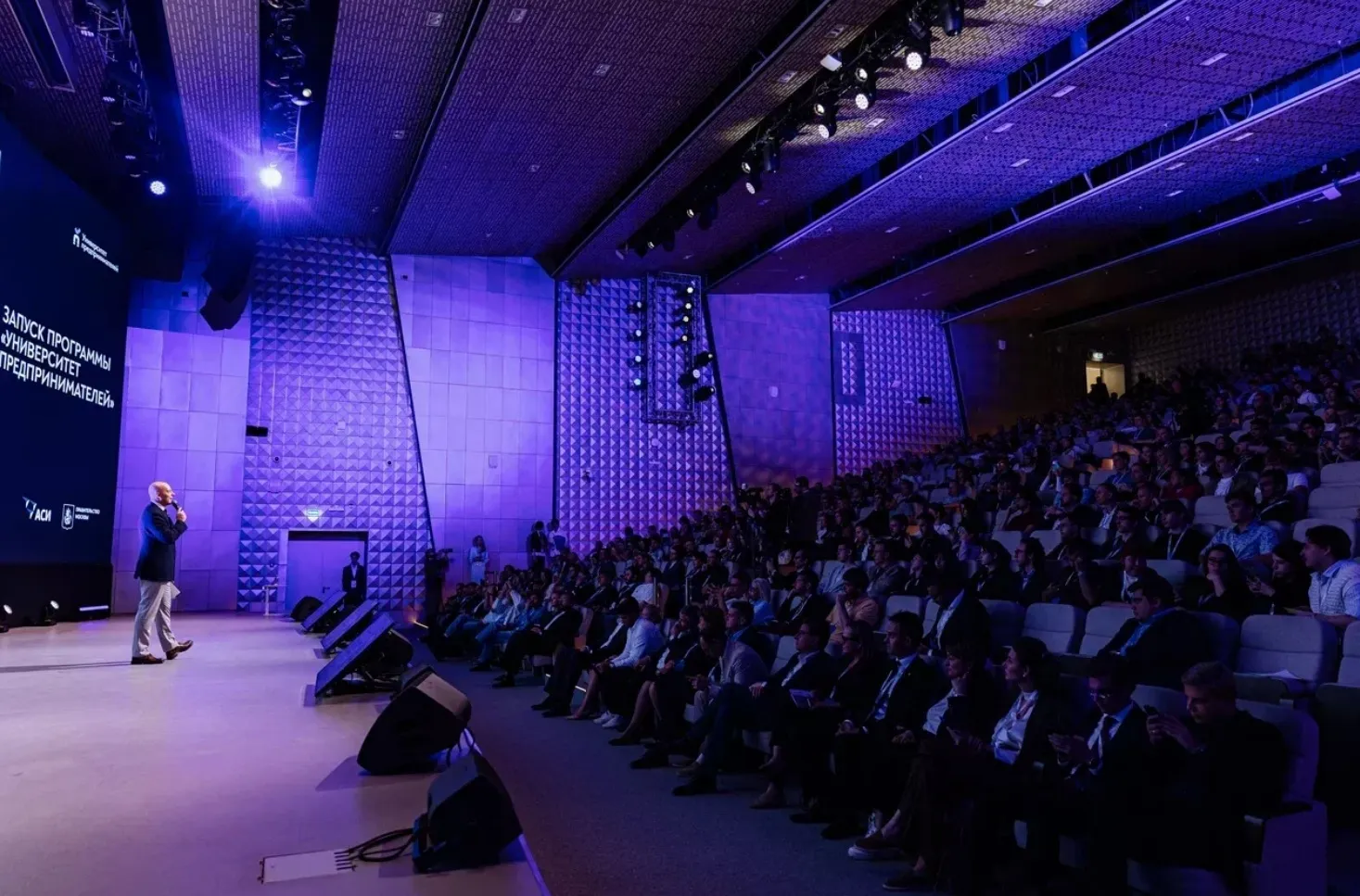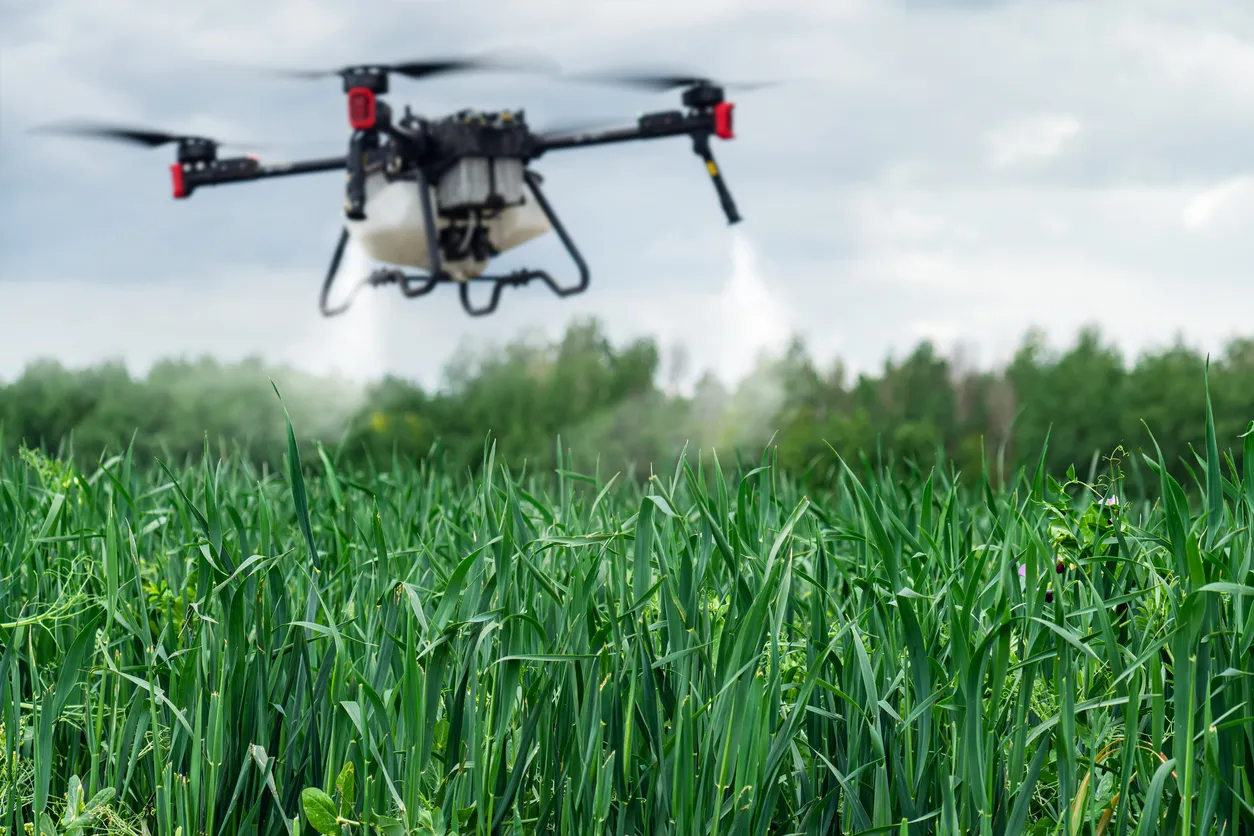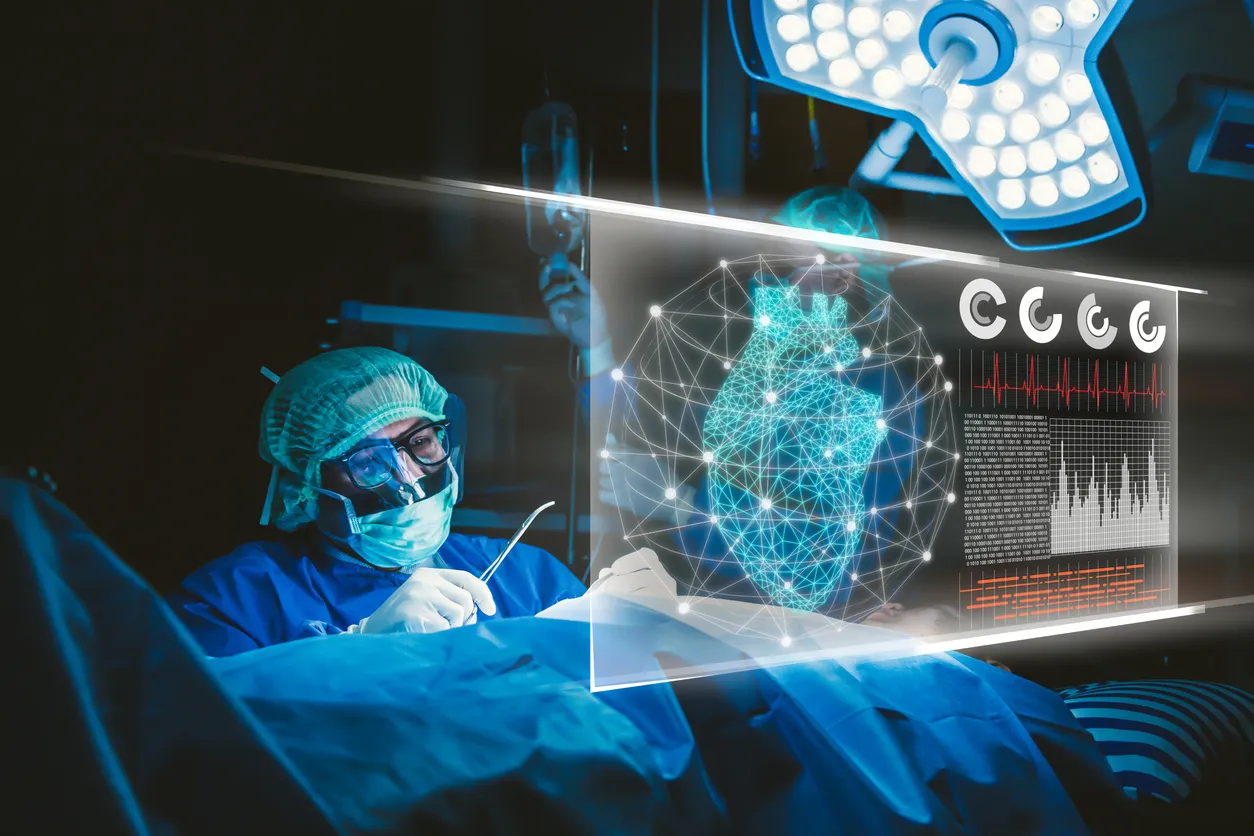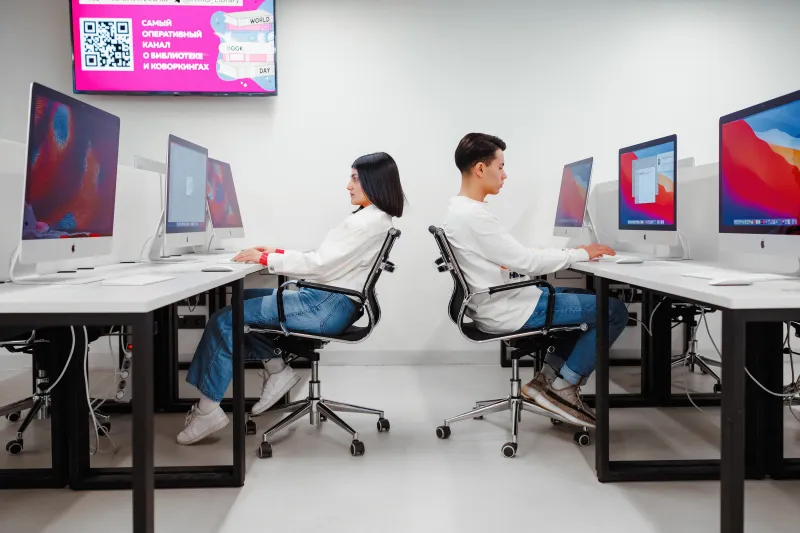Russia Develops Eye-Tracking System to Measure Athlete Performance
A new patented system from Sirius University of Science and Technology uses eye movement analysis to evaluate how athletes perceive gameplay, manage stress, and control their bodies.

Researchers at Sirius University have unveiled a platform designed to objectively measure player performance and deliver training recommendations for team sports. The technology integrates cognitive, anthropometric, and physiological metrics into a digital profile of each athlete. At its core is a detailed analysis of eye movement trajectories, muscle mass ratio, and relative power output.
Athletes wear a VR helmet equipped with an oculograph to track even the smallest eye movements. In the simulation, red targets are surrounded by moving yellow distractors. The player must follow the red objects as the task escalates through fifteen levels, with speed and complexity rising at each stage. The system not only counts how many targets were tracked correctly but also evaluates gaze strategies using eye-movement classification algorithms. Each strategy receives a score on a five-point scale, adjusted by difficulty level, resulting in an index of real cognitive resilience under stress.
At the same time, the system measures physiological factors such as body composition, water distribution, and muscle-to-fat ratio. On a cycle ergometer, specialists test pedal power and maximum cadence under varying loads. The results reveal the athlete’s relative power output per kilogram of body weight.


